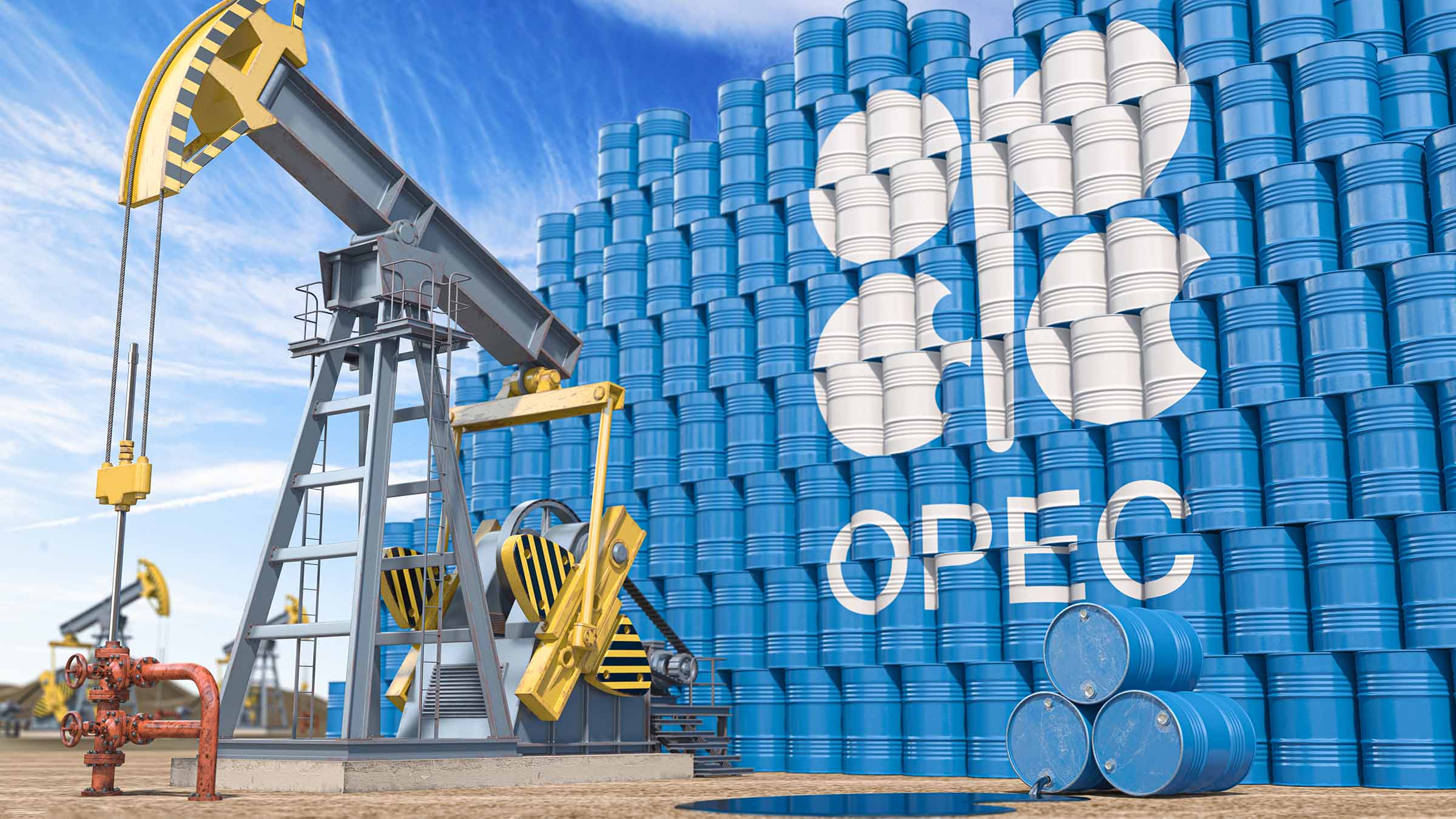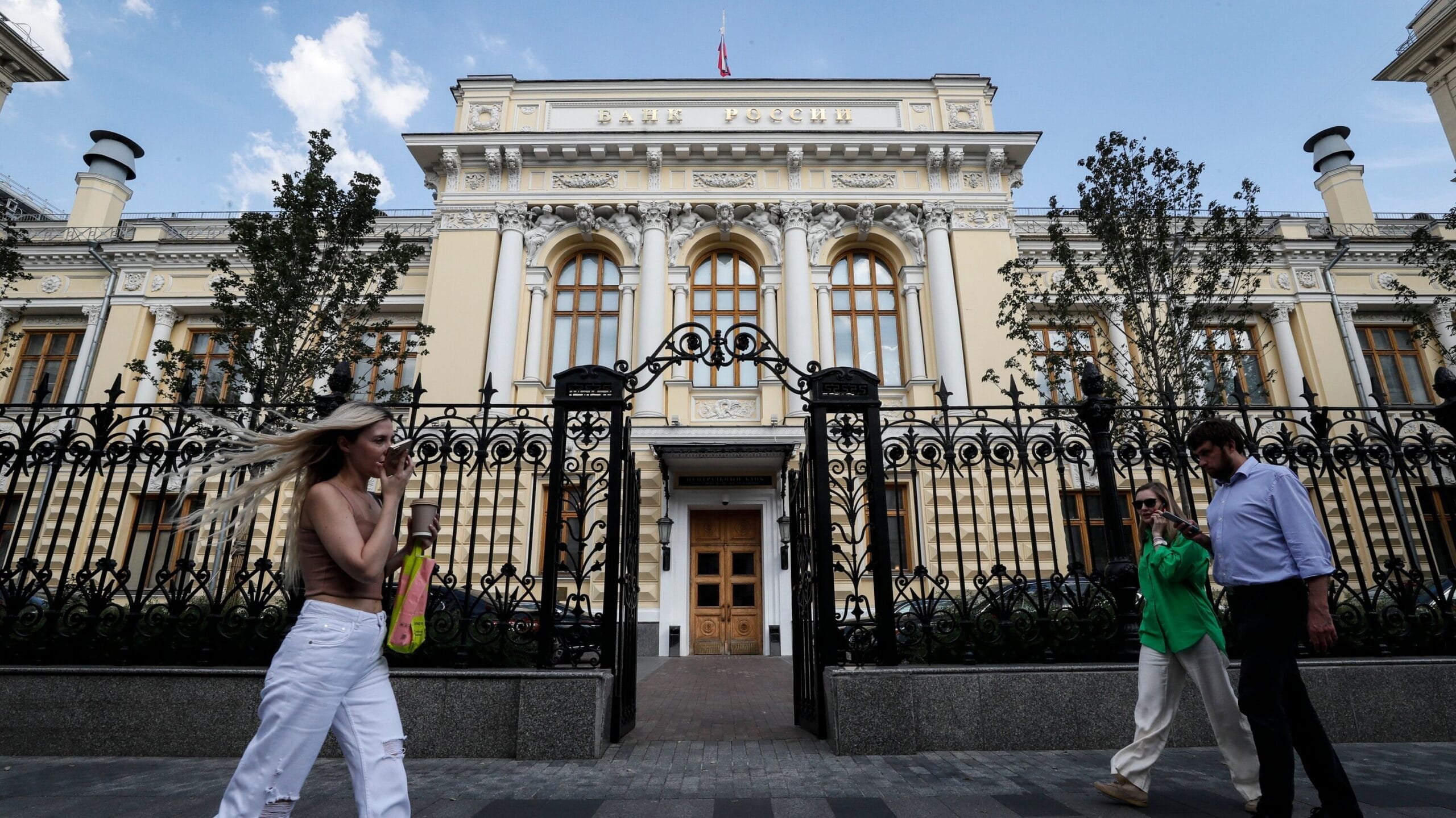Oil prices held steady this week, showing only slight fluctuations as the Organization of the Petroleum Exporting Countries (OPEC) confirmed its plans to return additional barrels to the market beginning in April 2024. This decision comes in response to a complex interplay of market dynamics, including fluctuating demand forecasts and geopolitical tensions that have impacted oil supply chains.
As of the latest reports, Brent crude was trading at approximately $82 per barrel, while West Texas Intermediate (WTI) was around $78 per barrel. Analysts suggest that these prices reflect the market’s cautious optimism about OPEC’s strategy to manage production levels in the wake of changing global demand.
OPEC’s decision to increase production is particularly significant as the organization seeks to balance the ongoing recovery in global oil demand, which has been spurred by economic growth in major economies, against the backdrop of potential supply disruptions. The group had previously implemented production cuts to support prices, but with signs of increasing demand, the return of barrels is seen as a necessary adjustment.
In a recent meeting, OPEC’s Secretary-General, Haitham Al Ghais, emphasized the importance of maintaining market stability. He stated, “As we approach the second quarter of 2024, we are closely monitoring the market indicators and economic forecasts to ensure that our actions align with the needs of the global economy.”
The decision to return barrels also comes at a time when analysts are predicting a robust recovery in oil consumption, particularly in Asia. Countries like China and India are expected to lead the demand surge, driven by economic activities and transportation needs. However, uncertainties remain, particularly with the potential for economic slowdowns in Western economies and ongoing geopolitical tensions that could disrupt supply chains.
Market experts are divided on the potential impact of OPEC’s decision. Some believe that the increase in supply could lead to a downward pressure on prices, especially if demand does not meet expectations. Others argue that the gradual return of barrels is a prudent move that could help stabilize prices in the long run, particularly if global economic conditions remain favorable.
As the market awaits the implementation of OPEC’s plan, traders and investors are advised to keep a close eye on inventory levels and economic indicators that could influence oil prices in the coming months. The situation remains fluid, and OPEC’s ability to adapt to changing market conditions will be crucial in determining the trajectory of oil prices heading into the summer months.
Sources:
– OPEC Press Release, March 2024
– Reuters, Oil Market Analysis, March 2024
– Bloomberg, Energy Market Insights, March 2024



